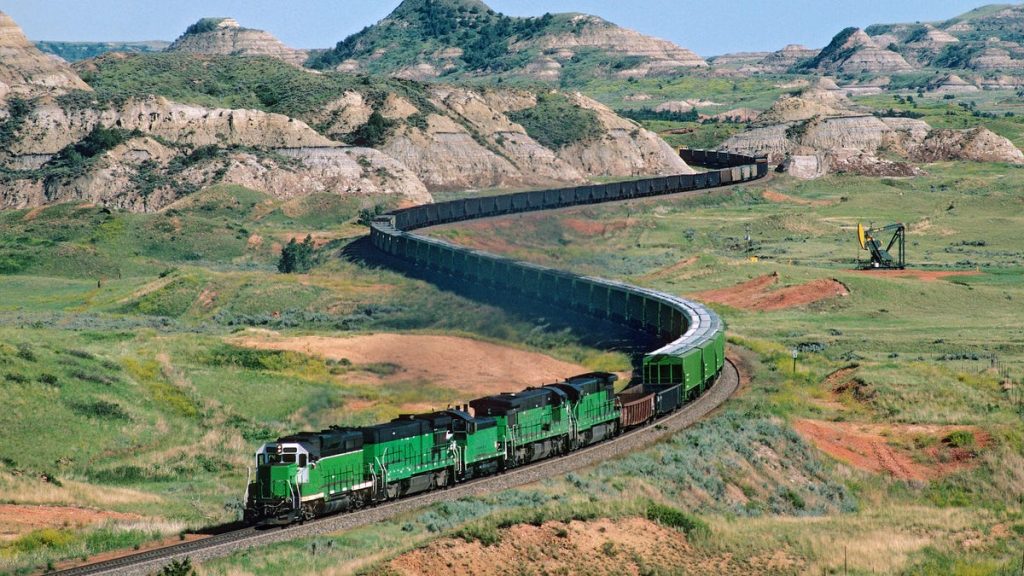North Dakota’s Internet Landscape: A Comprehensive Overview
North Dakota’s internet landscape is characterized by a mix of large providers and a robust network of local fiber internet service providers (ISPs). This combination ensures that even residents in rural areas have access to high-speed internet options. Midco emerges as a leading contender for the best internet provider, offering a wide range of services, from cable and fixed wireless to fiber internet, with speeds reaching up to 5,000Mbps. However, its availability isn’t ubiquitous across the state. T-Mobile Home Internet and a plethora of local fiber ISPs offer viable alternatives, offering high-speed connections, especially in rural communities. The availability of multiple providers empowers consumers to choose the service that best suits their needs and location.
Finding the Right Fit: Speed, Price, and Availability
Choosing the best internet provider involves balancing speed, price, and availability. For those seeking the most affordable option, Midco’s 250Mbps plan stands out, starting at $39 per month. However, promotional offers can sometimes lower this price even further. Sparklight also offers a competitive introductory price of $29 per month for 300Mbps service, although this price increases after the first year. Consumers seeking the fastest speeds should look into Midco’s impressive 5,000Mbps fiber plan, Bluepeak’s 5,000Mbps fiber plan (available in Grand Forks), or the gigabit fiber offerings from various local providers. Availability plays a crucial role, with Midco’s extensive network covering a significant portion of the state. However, local providers often fill the gaps in rural areas, ensuring widespread access to high-speed internet.
Rural Connectivity: Fiber to the Farms
North Dakota stands out for its strong rural internet connectivity, thanks to the numerous local fiber ISPs serving smaller towns and remote areas. Providers like BEK Communications, Dakota Central, DRN, SRT Communications, Polar Communications, Northwest Communications, MLGC, and Consolidated Telcom offer fiber internet with symmetrical speeds often reaching or exceeding 1,000Mbps. This level of connectivity transforms rural homes and businesses, enabling access to the same opportunities as urban areas. While satellite internet options like Starlink, Viasat, and HughesNet exist, they are generally considered a last resort due to their higher costs and slower speeds compared to fiber.
Speed Considerations: Matching Bandwidth to Needs
Choosing the right internet speed depends on individual usage patterns. Basic online activities like browsing and email require minimal speeds (0-5Mbps). Streaming standard-definition video and video conferencing call for slightly higher speeds (5-40Mbps). For more demanding activities like high-definition streaming, online gaming, and telecommuting, speeds of 40-100Mbps are recommended for a single user. Households with multiple users engaging in bandwidth-intensive activities simultaneously will benefit from speeds of 100-500Mbps or even gigabit speeds (500-1,000Mbps and above). Understanding these benchmarks helps consumers choose a plan that meets their needs without overpaying for unnecessary bandwidth.
CNET’s Methodology: A Data-Driven Approach
CNET utilizes a comprehensive, data-driven approach to evaluate internet providers. Leveraging a proprietary database of pricing, availability, and speed information, coupled with data from the Federal Communications Commission (FCC) and customer satisfaction reports, CNET assesses providers based on speed, value, and customer satisfaction. The information gathered from various sources is cross-referenced and validated, and local addresses are checked on provider websites to ensure accuracy. This rigorous methodology provides consumers with reliable and up-to-date information to make informed decisions about their internet service.
Final Thoughts: A Connected North Dakota
North Dakota’s internet landscape is a success story of connectivity. The combination of Midco’s wide reach and the robust network of local fiber providers ensures that both urban and rural communities have access to high-speed internet. Consumers have diverse options, allowing them to choose the provider and plan that best fits their specific needs and budget. While Midco serves as a primary provider for a significant portion of the state, the local fiber ISPs play a crucial role in bridging the digital divide, bringing high-speed internet to even the most remote areas. This commitment to connectivity positions North Dakota well for the future, empowering residents and businesses with the tools they need to thrive in the digital age.

